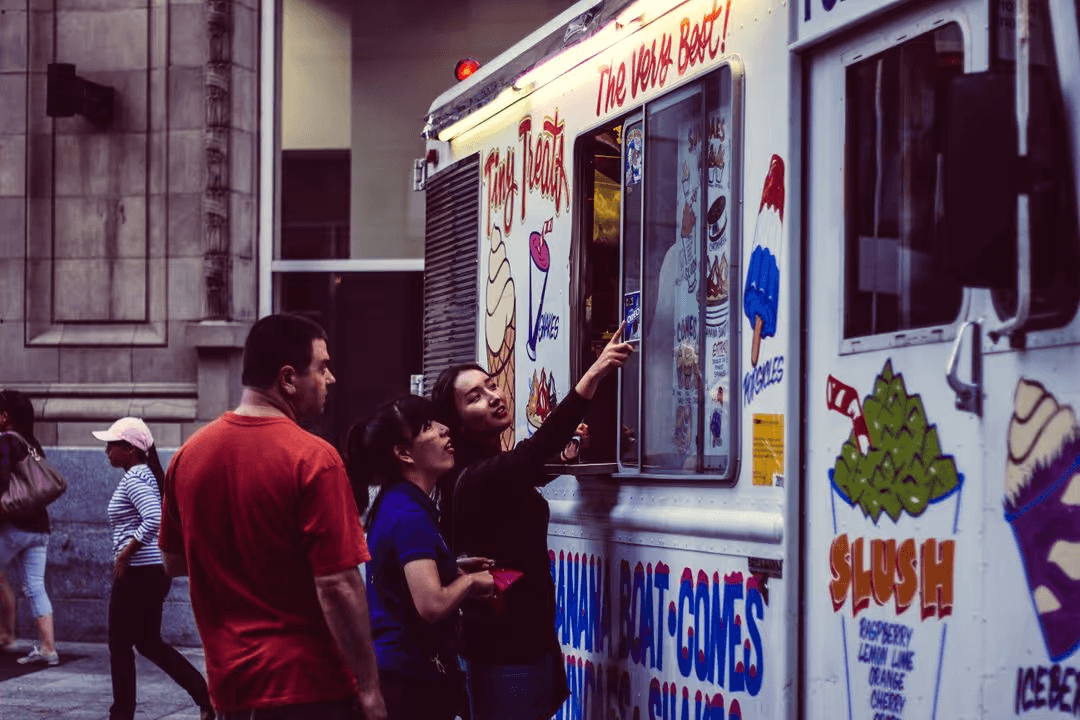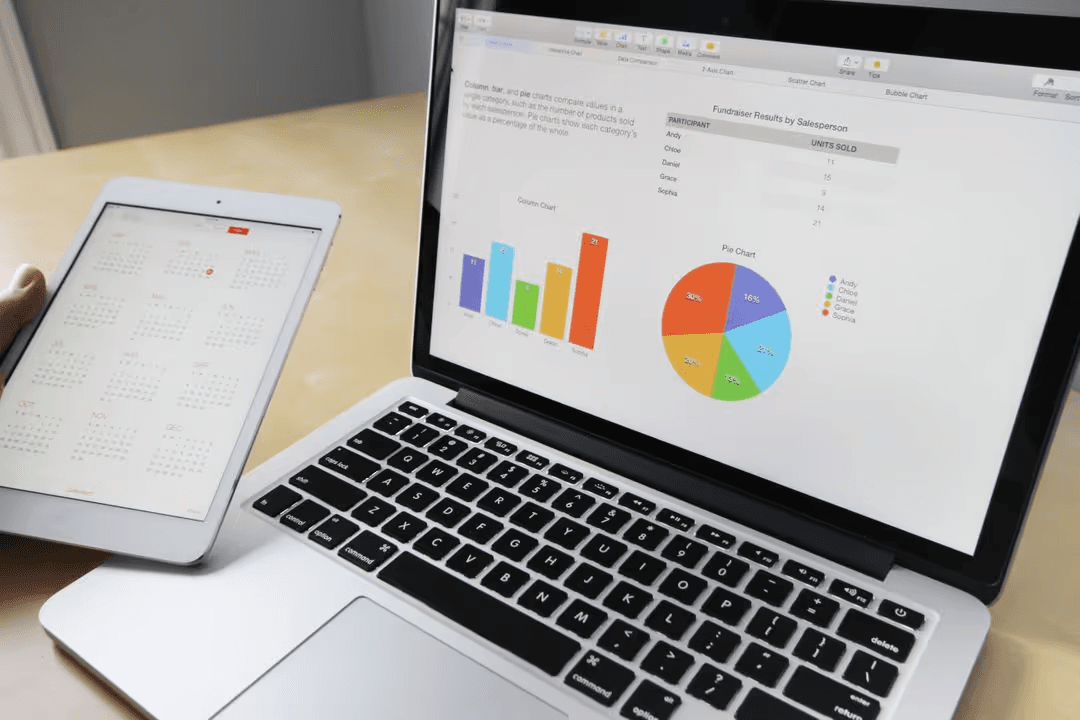Many retailers exist either solely in brick and mortar stores or solely online, but there are lots who do both.
Linking the two can sometimes be tough, but a well-thought-out marketing strategy will make things a lot easier.
Some of the basic stuff you can do is offer an in-store pick up for online purchases. This encourages customers to come to your store and possibly buy more.
You could also have a store location page on your site that tells people where they can find all of your stores.
One of the most important factors to increase online sales is to re-engage customers. To build a brand on a customer's mind, you need to constantly communicate with them and bring them back to your site. Using web push notification you can easily keep your customers engaged.
If you want to take things further, it might be worth investing in a mobile app that enhances the in-store experience and offers a customer a guide that describes what they can purchase.
Through the mobile app, this customer can also receive push notifications about promotions in your store.
Make sure your branding is consistent online and offline, as any discrepancies will harm your brand image.
Additionally you can use smart digital signage in your store not only to highlight your products and events, but also to promote your online presence by displaying your latest social media activity and showing highlights from your website, thereby closing the loop between your online marketing and on-premise marketing.




























